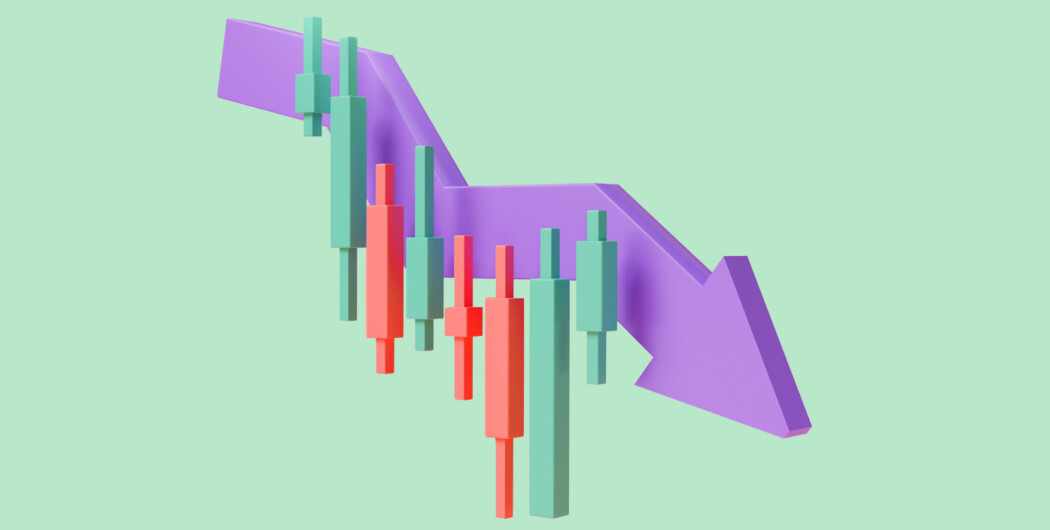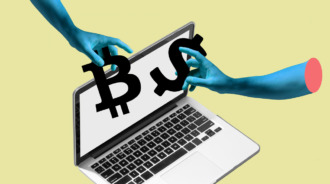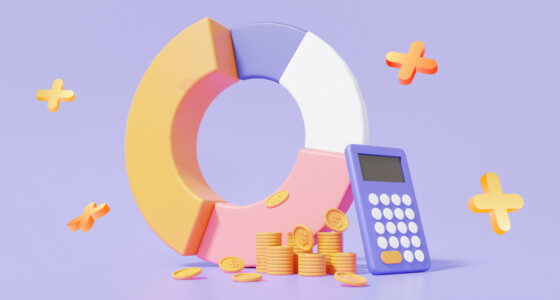

No matter what assets you trade, trading implies risks. You can’t remove them entirely, but you can mitigate them. Effective money management, understanding market mechanisms, and following a well-structured plan are some ways to limit risks. Keep reading to discover the best Forex risk management tricks.
1. Trade the funds you don’t need
Beginner traders believe it’s enough to have $100 to gain a fortune. You can indeed start with $100, but it doesn’t mean you will earn thousands of dollars in one trade.
According to statistics, only 10% of beginner traders succeed.
You should always remember that trading bears risks, especially if you are a newbie. Therefore, never spend the funds required for your basic expenses, including food, utility bills, rent, credit car payments, etc. Use the funds you would spend on entertainment or hobbies.
2. Learn the market
It seems there is nothing difficult about clicking buy or sell on a trading platform. However, it’s vital to understand how the market works. What are bid and ask prices, slippage, trade execution, market orders, overnight fees/premium, etc? If you have no clue about these basic terms, you must start by learning trading theory and only after that move to practicing.
3. Use stop loss
A stop-loss order closes unprofitable trades automatically. Although it seems you can control the market, it’s not like that. Even the most stable currency goes through periods of high volatility. To limit potential losses, identify the level at which you will be sure the trade is losing.

4. Use take profit
If you thought “take profit” doesn’t sound related to risks, think again. A take-profit order closes a profitable trade at a predetermined level automatically. As a currency’s price changes rapidly, there is a risk of missing the point when a profitable trade turns into a losing one. If you set a take-profit order in advance, you won’t lose your returns.
5. Follow your plan
You should only trade if you know when to open a position, how much you should invest, and how much you can get and lose. You can develop such a plan on previous trades. If you haven’t traded, you can do that according to your demo trades.
The most common mistake of newbies is to change the take-profit and stop-loss levels when a position is open. Usually, it happens because they believe the market either moves in their favor or has turned against them. Stick to your first conclusion.
6. Know how much to risk
It’s unlikely you will open only one trade. Therefore, it’s vital to allocate your funds wisely. A common rule is that you shouldn’t risk 1-2% of your capital per trade. It varies depending on the amount of funds you have. However, if you are a newbie, you can stick to this rule.
7. Understand leverage trading
Leverage allows traders to increase the amount of funds they use per trade. For instance, by using a 1:100 leverage, you can trade $10,000 with only $100. However, it’s vital to remember that larger funds bear more risks. You must learn how leverage trading works and calculate how much you can gain and lose.
8. Diversify
Diversification is one of the key Forex risk management techniques. No matter what market you operate in, you should diversify your investments. For instance, if you trade highly volatile exotic pairs, you can combine them with some major pairs. This will increase your chance of successful trades regardless of market conditions.
9. Limit trading risks
Trades differ in the degree of risk they involve. For instance, if a price has broken above the resistance level after consolidation, it is highly likely to keep moving in a breakout direction. If a price has skyrocketed based on important news, there is still a chance it will keep rising—but there is also a high risk that the news effect will disappear soon, causing you to fail.
10. Measure volatility
It’s important to measure price volatility to understand how far the price may move. You can do it by eye or use technical indicators that will reflect whether the market is volatile. If the market suffers enormous volatility, it’s worth staying away from it. Although high volatility brings higher profits, it involves increased risks.
Summing up
There are many risk management tips you can use to limit risks. However, you should always remember that no matter how effective your risk management is, there is always a chance the market will move against you. Be ready for that, and keep improving your skills.







